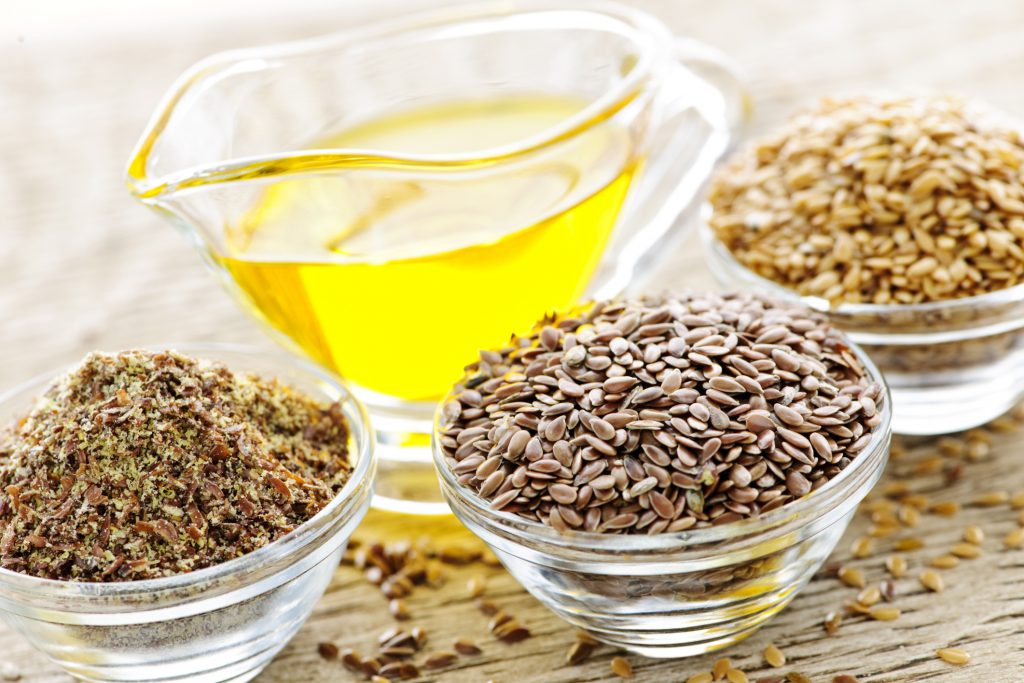Does every hair oil work the same? What’s the best way to apply oils to hair? What is the porosity of hair and what does it have to do with oiling? Find answers to frequently asked questions in a short guide on how to start applying hair oils.

Hair care causes the greatest difficulties when we do not know exactly how to get on with it. The same applies to hair oiling. At the beginning, you need to gather basic information about the types of oils and methods, and only then you can proceed to action. The best effects are provided by conscious care. How to start your hair oil treatment?
Determining hair type
The most important step in natural hair care is to determine your hair type. The hair can have low porosity (with tightly bound cuticle layer with overlapping scales that lay flat), medium porosity (normal), and high porosity (the most damaged). How to specify the hair structure? You can take a test – answer a few question regarding the current hair condition and care habits. You can observe how the hair reacts when drowned in water or soaked in Coconut oil. You might as well go to a trichologist.
Matching the oil
Hair oils are also diverse and differently affect hair with various structures. They can be divided into butter (they contain much more saturated acids) and liquid oils. The first ones are appropriate for low porosity hair. The second type is recommended for medium porous hair if they have the majority of omega-7 and omega-9 fatty acids, or for extremely damaged hair if they contain more omega-3 and omega-6 fatty acids.
To put it simply, the best hair oils:
– low porosity hair: Coconut oil, Mango oil, Cocoa Oil, Palm oil,
– medium porosity hair: Jojoba oil, Passionfruit oil, Almond oil, Sunflower oil,
– high porosity hair: Argan oil, Cottonseed oil, Evening Primrose oil, Grapeseed oil.
Choosing the right hair oiling method
The third, very important step is choosing the proper method of hair oiling. There will be a different one suitable for thin hair and another for damaged hair. Initially, they are divided into dry and wet hair oiling, i.e. applying oil to dry or wet hair. Both methods can be used in two ways – before or after washing the hair. If we heat up the oil, the treatment will be even more effective. The methods can also be distinguished in terms of the time of leaving the oil in the hair (for instance, overnight oiling), cosmetics used simultaneously (eg oiling with the conditioner) or the part to which the oil is applied (eg oiling the end or the scalp).
Planning a schedule
The last, yet very important thing to do, is to schedule how often you will apply oils to the hair. The more damaged the hair, the more oils it needs. The frequency of oiling should be adjusted to the time we have and the condition of the hair. It is worth finding an optimal solution, eg daily oil-based protection of hair ends + overnight hair and scalp oiling every weekend. Being consistent and persistent is the key to success.




